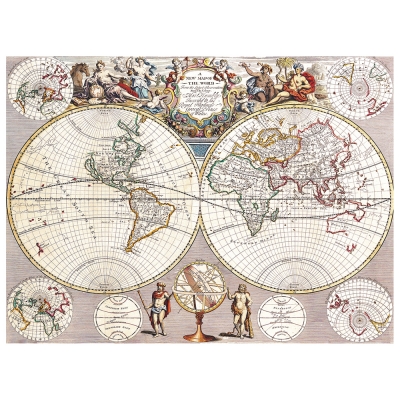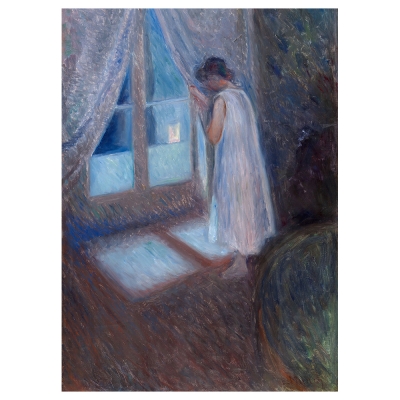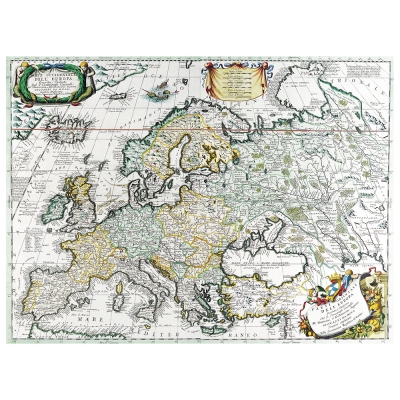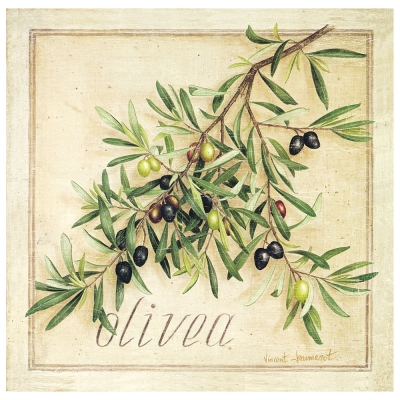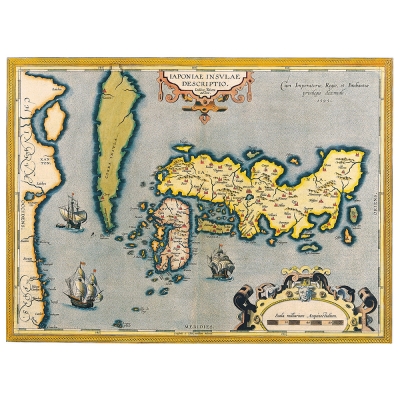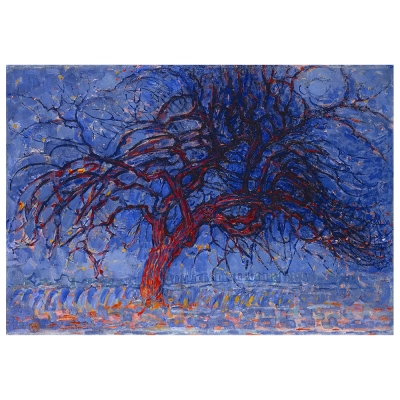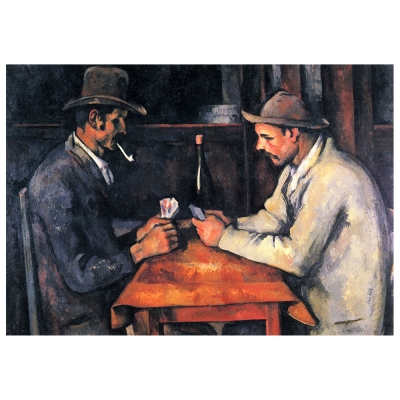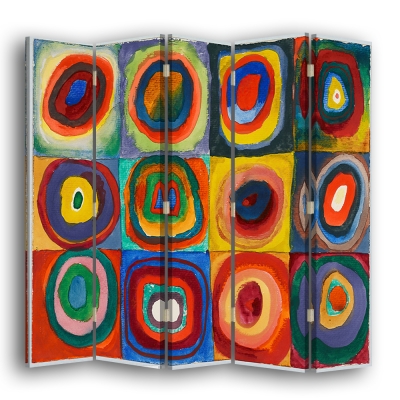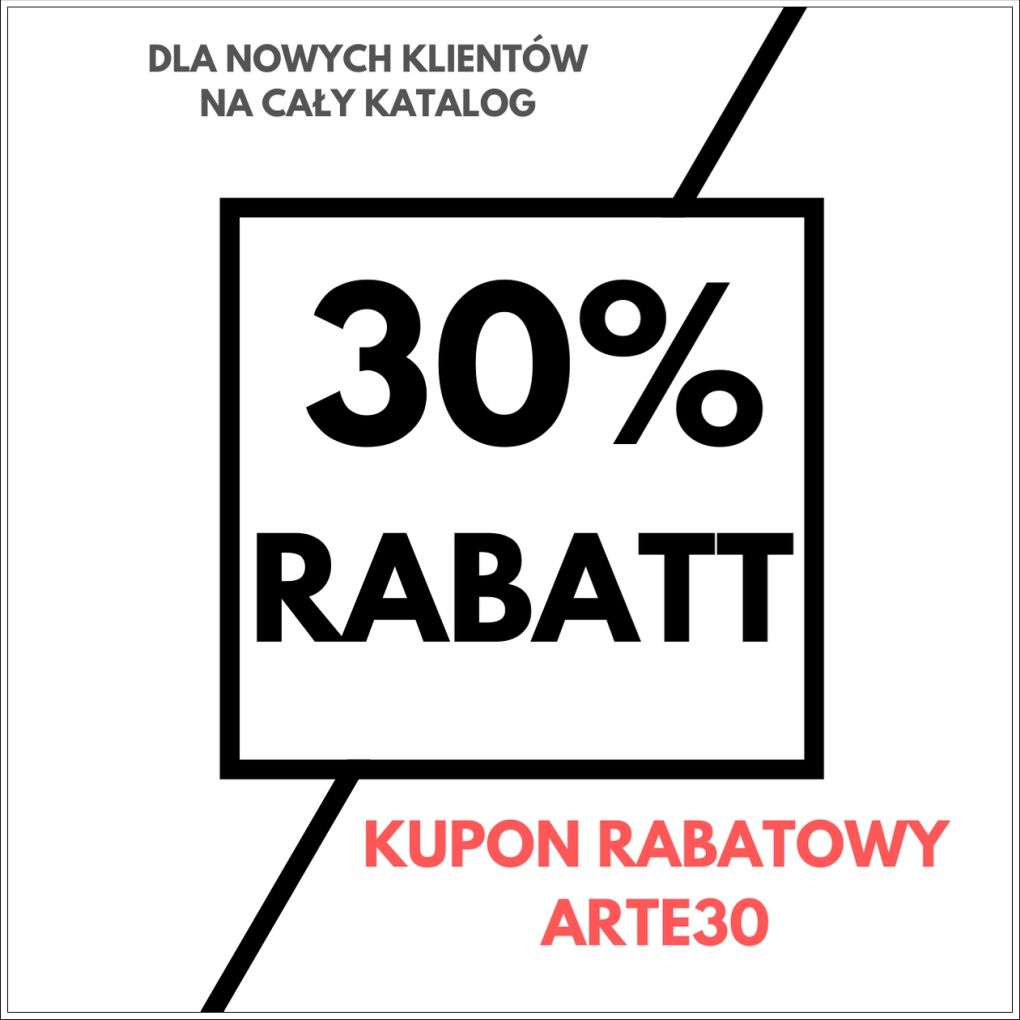“The tree of life” by Gustav Klimt

08/07/2019
The "Tree of Life" by the Austrian painter Gustav Klimt is undoubtedly one of the most beloved works of this artist, created for the residence of the businessman Adolphe Stoclet, located in Brussels.
Composed of three panels, in the center it is located "The Tree" and on the side respectively "The Waiting" and finally "The Embrace", "The Tree of Life" was commissioned to Gustav Klimt in 1905 and to achieve it, the artist has used several symbols he appreciated: different floral motifs, the woman and the rebirth of vegetation that takes place thanks to the cycle of the seasons.
Gustav Klimt is inspired by various currents: ancient Egyptian art, Byzantine mosaics and even Japanese art, while the panels placed in succession tell a fairy tale, a young woman who waits for her beloved among the branches of the tree of life and then she manages to be reunited with her beloved, a moment represented in a passionate embrace.
Contrasts dominate the entire work, in fact, if on the one hand there is a naturalistic representation in the faces and arms of the two lovers, we cannot say the same of their clothes, which appear abstract, to delineate the belonging of the works to the "golden age" of the artist.
In the first panel, the woman appears adorned with different jewels, while her hair is quite unnatural, as if to create a clear connection between face, hands and shoulder, all facing the same direction as her gaze, while the head is very off the axis if compared to the rest of the body, which, thanks to a triangle, is completely hidden. Also, afterwards we find other triangles that give a sense of continuity, present on the dress of the young woman, geometries softened by the small golden curls of the tree of life and stylized eyes.
As for the last panel, it should be noted that it is an elaboration of the last scene of Beethoven's work called "Frieze", made in 1902 by Gustav Klimt.
While in the first panel the woman appears almost suspended and cold, in the panel of Embrace the two lovers are represented in a moment of realization and peace, decidedly in opposition to the panel of the Waiting, an aspect that outlines even more the fairytale represented in the painting. Not only that, peace and passion are also "described" through the dress of the woman which, in the last panel, has softer shapes and contains drawings that recall elements of nature, much less strong than those present in the first part of the painting.
Looking at the whole painting, we can also see another peculiarity, namely that human figures can be recognized only by the few anatomical elements present in the work, as there is no three-dimensionality to underline this aspect.
Watercolour and tempera colours, chalk, various applications in silver and gold are some of the materials used by Gustav Klimt in his works, all made with great care and the painting "The Tree of Life" is one of the most beloved, created at the same time as the "Kiss" and the work called "The Three Ages of Women", equally famous and which inspired many contemporary artists who have reproduced hundreds of copies and created works inspired by Klimt's paintings.
Article by: Aurora Caraman

